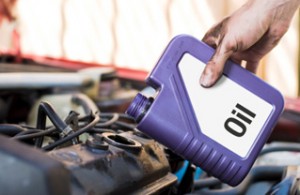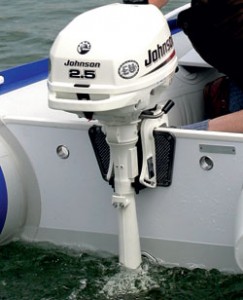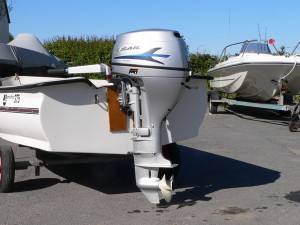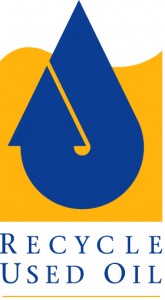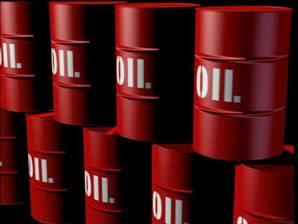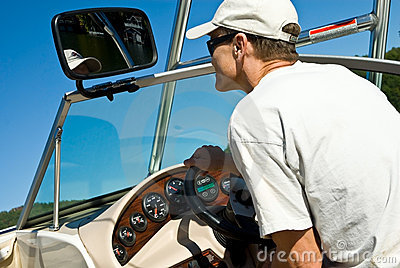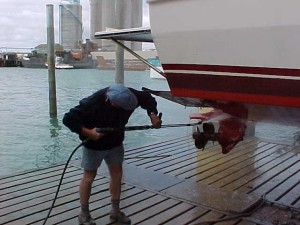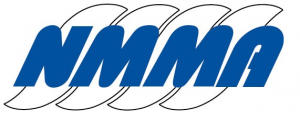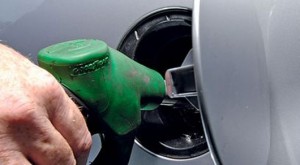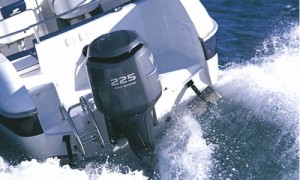Reducing Emissions
 According to the NMMA, the two-stroke engine industry wants to reduce emissions containing burnt and unburned oil. To do so, the development of high quality oil that sufficiently lubricates the engine, even at lower oil to gasoline ratio, is a must. It really is a win-win situation as the customer gets a quality product at the industry meets regulations.
According to the NMMA, the two-stroke engine industry wants to reduce emissions containing burnt and unburned oil. To do so, the development of high quality oil that sufficiently lubricates the engine, even at lower oil to gasoline ratio, is a must. It really is a win-win situation as the customer gets a quality product at the industry meets regulations.
One product that has proven successful is oil TCW-3 Amalie. The trademarked lubricant has evolved through much testing and refinement. Now it sets the standard in the performance-based qualification program. If you’re looking for a more environmentally friendly lubricant, test out TCW-3 Amalie oil.


